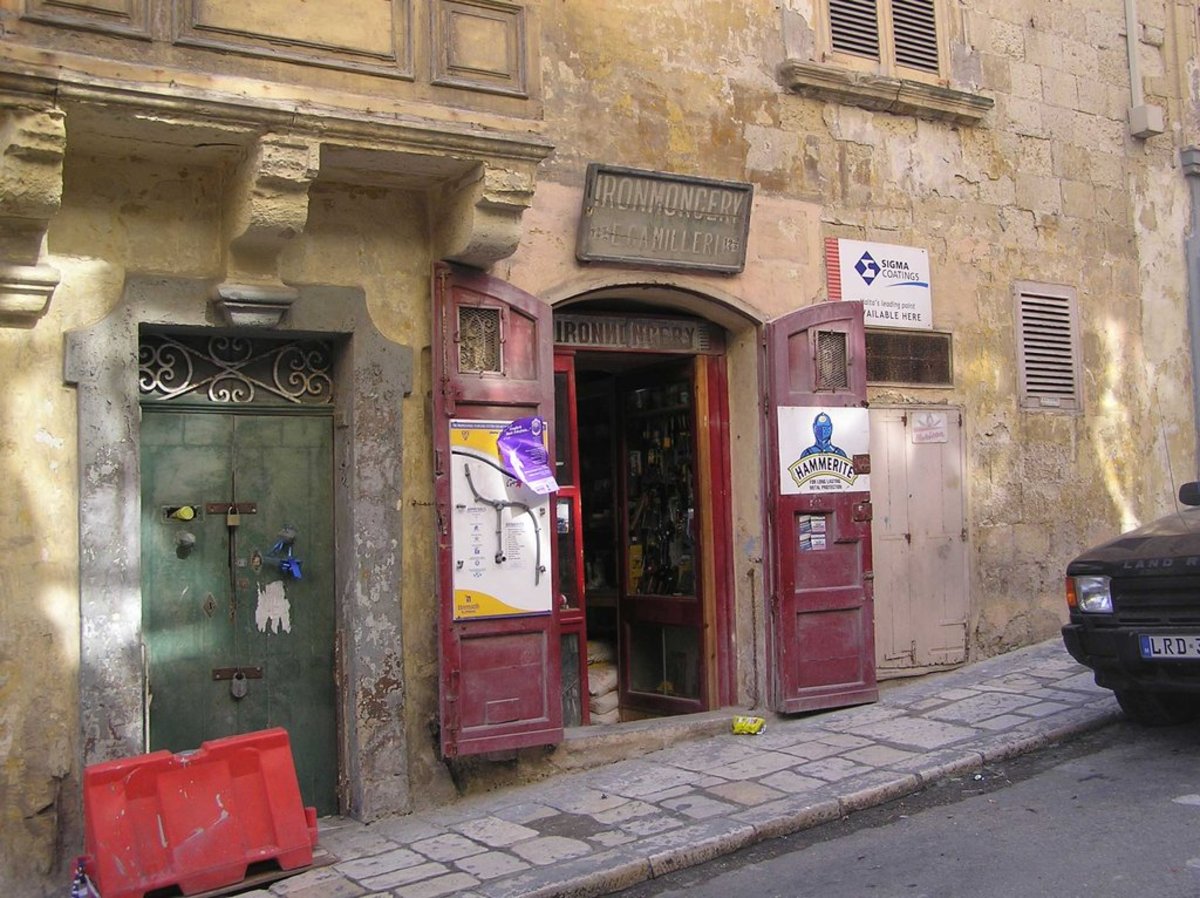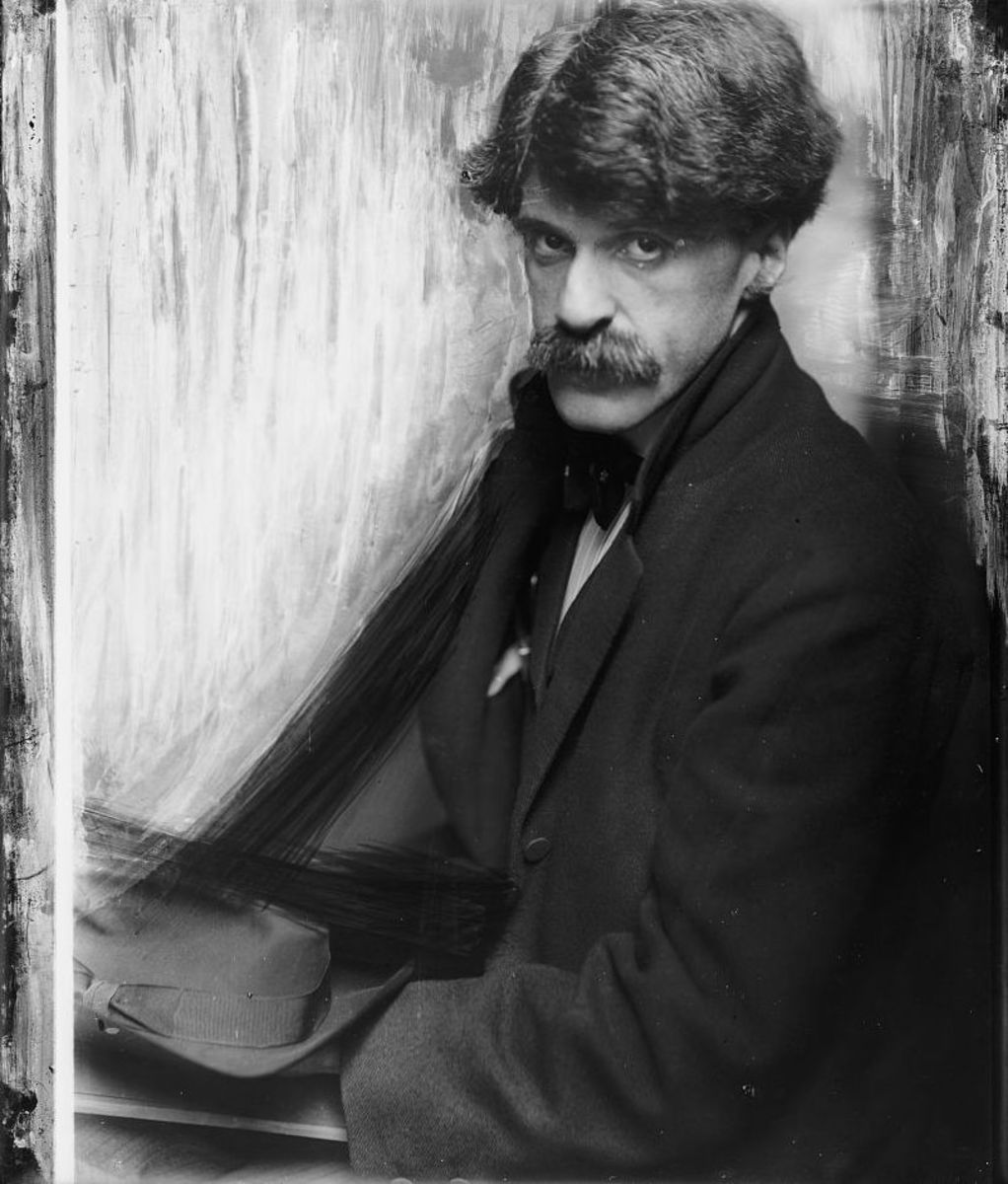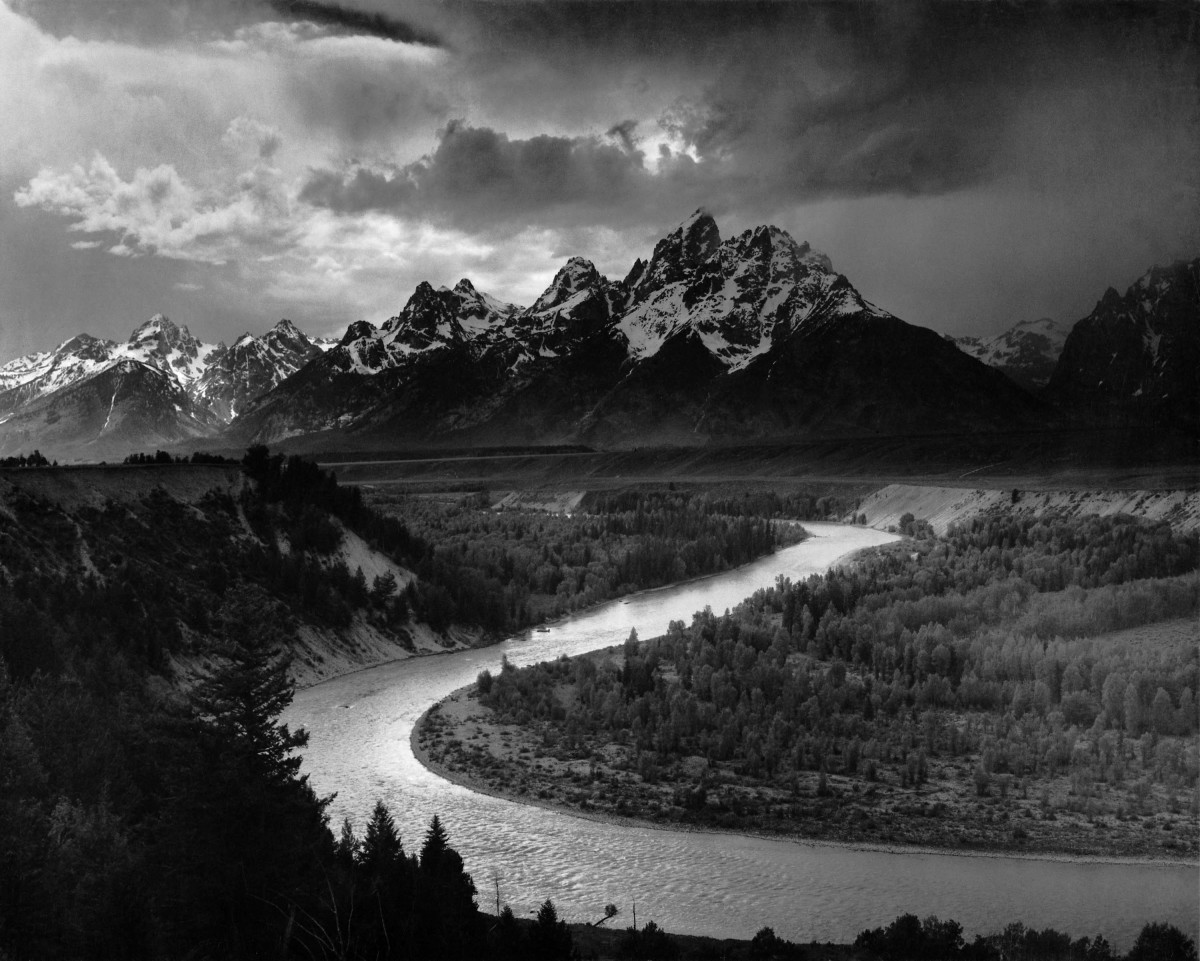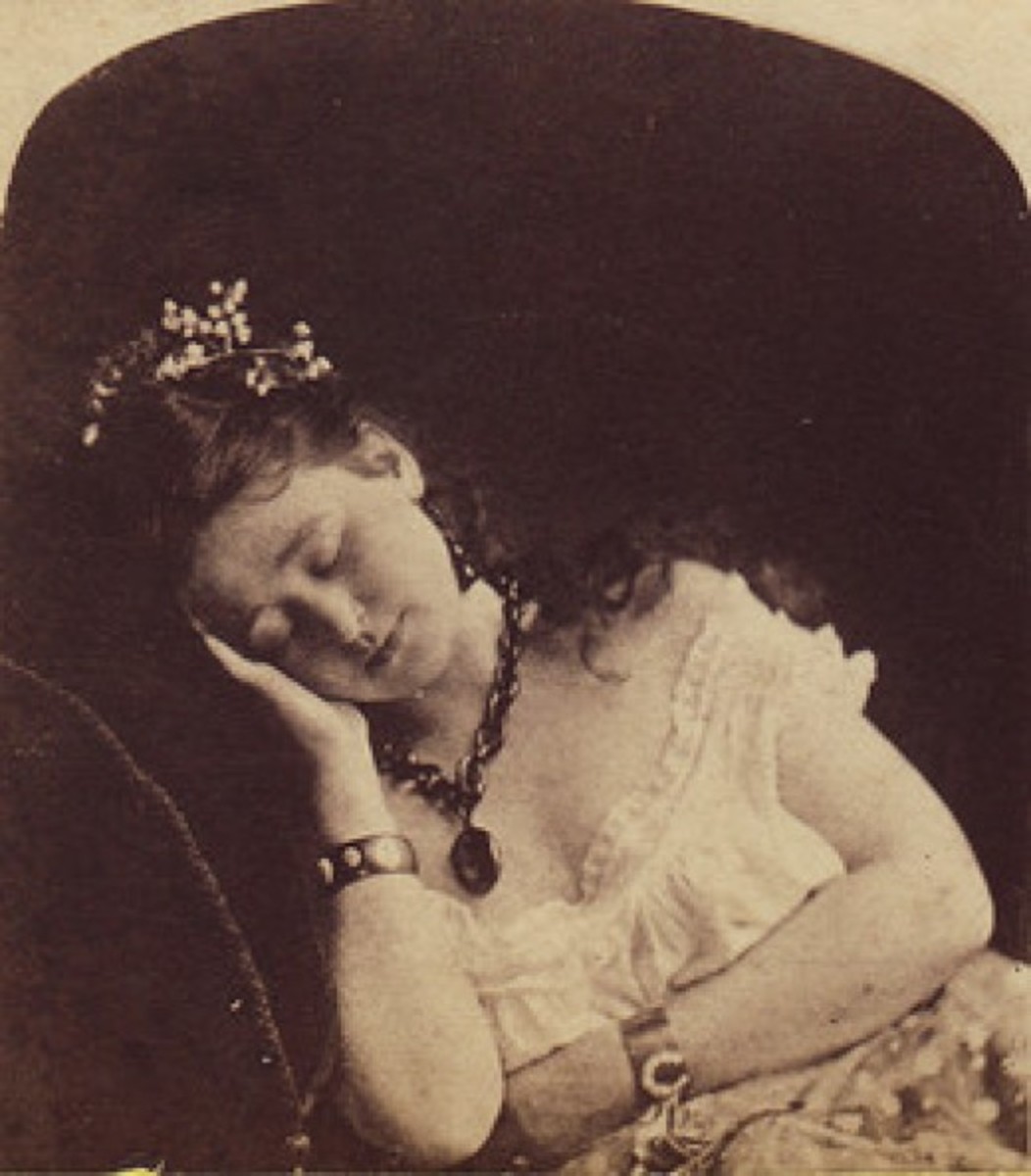Photographing Urban Landscapes
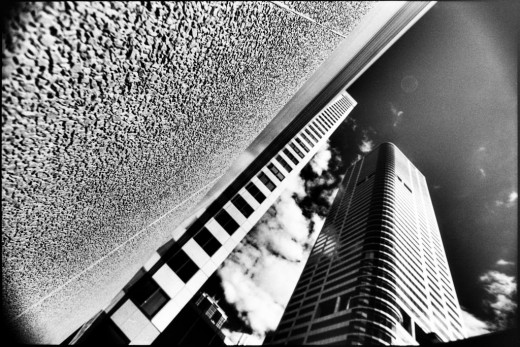
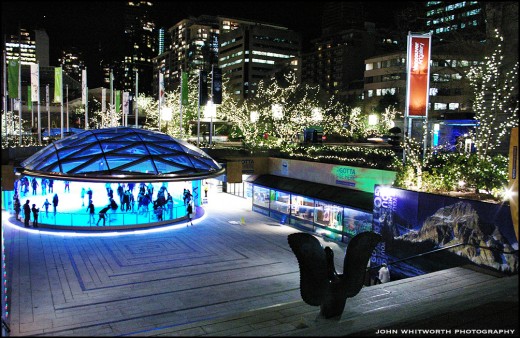
"A lot of people understand when someone mentions ‘street’ photography, however, throw out ‘urban’ when referencing photography and people tend to get a perplexed look on their face (somewhat similar to that ‘huh’ expression when a dog turns its head). So, what do we mean when we talk about urban photography then?
To define urban we must first discuss what street photography is so that we may point out the differences and the need for differentiation. Street photography is most commonly referred to as photography of subjects/people within (public) cityscapes in a manner reminiscent of documentary photography. Often the street photography is connected to the golden period of photography from the 1890s until about the 1970s—the age where portable cameras were de rigeur. "http://tupf.ca/what-is-urban-photography/
As you can probably figure, urban photography takes its roots in street photography because the streets are the source of inspiration but as opposed to street photography that focuses on the people walking the streets, urban focuses on the landscapes and the architecture.
Urban is also very similar to architectural photography because it subjects are often architectural designs.
But unlike architectural, urban does not focus on the design of the building but rather on the aesthetics of the building or the view rather than its composition or design.
Like any good landscapes photographer or architectural photographer the photographer has to look at subjects with a different mindset; that of a photographer looking to capture images that are pleasing to look at.
This may pose problem since landscapes are often very beautiful views complete with green plants, pretty flowers, majestic mountains and gorgeous sunsets.
The urban photographer seldom finds these elements in the subject matter that mainly composes urban photography.
Yet this does not mean that it is difficult to accomplish. You just simply have to adopt a subject and look for angles and perspectives that will present it in a pleasing fashion.
Some other differences between similar styles and urban photography are;
- Cityscape Photography – urban landscapes go beyond the capturing of the big picture cityscape that is usually quote polished and clean.
- Architectural Photography – urban landscapes are less interested in the building and it’s architectural style and more interested in what happens in and around it.
- Candid Street Photography – urban photography focused more upon the city itself (and it’s life) than the people who live in it." Darren Rowse
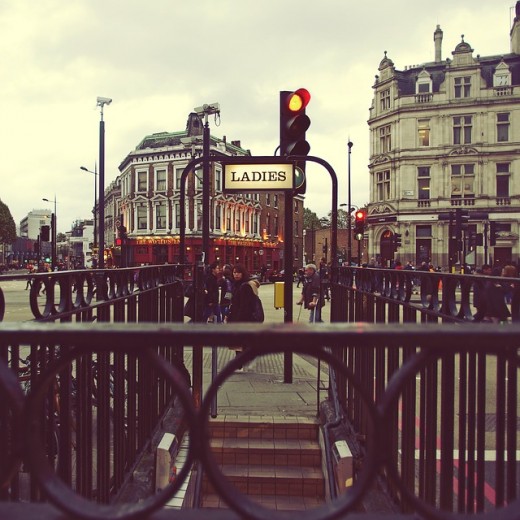
Be sure to pay attention to the little things, things that people may take for granted yet when looked at from a photographic standpoint can turn out to be good pleasing images.
The urban photographer focuses on the life of the city and the life surrounding a particular landscape yet he manages to capture details that many may tend to overlook and pay no attention to at all yet when looked at closely or individually turn out to be good nice looking subjects.
This is basically what separates a good urban photographer from many other photographers and it is in essence what distinguishes urban photography from the other very similar themes or styles.
Something else to keep in mind is that just because you are focusing on urban landscapes or urban architecture does not mean that you have to completely eliminate people from the theme.
Rather look for signs that a viewer can connect somehow to the presence of people. In other words try to add elements that at least suggest the presence or the hand of humanity. In short people made it, use it and live there too.
Be prepare and take with you several lenses in different size ranges. From regular 55mm to zooms to wide angles. It is better to have and not need than to need and not have.
Also keep in mind that some scenes are better rendered in monochrome. If a color palette does not appeal to you but the scene looks promising, then take the picture and transform it later into a monochrome. You may be surprised with the results.
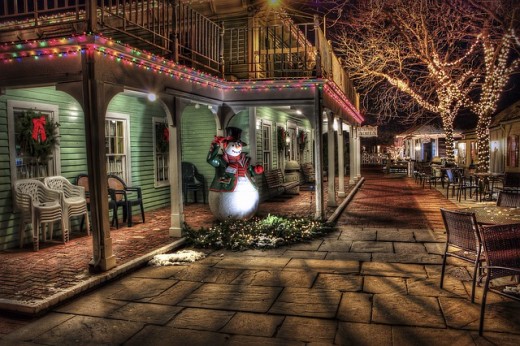
Think this is an interesting theme?
- 52 Great Examples Of Urban Photography
In case you were asking you were wondering, various techniques like HDR, black and white or infrared were used on some of these shots. The city is living and breathing and you must notice that fact. With the help of a talented photographer
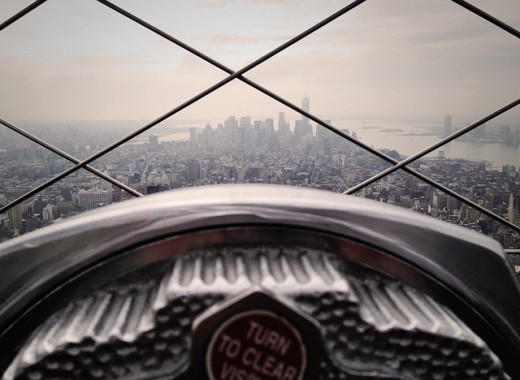
© 2014 Luis E Gonzalez



